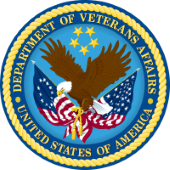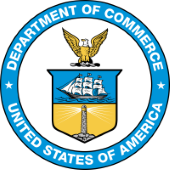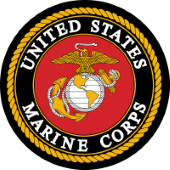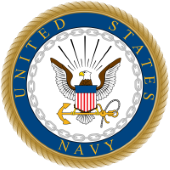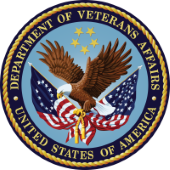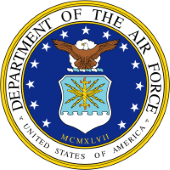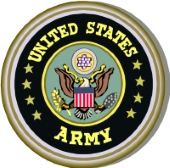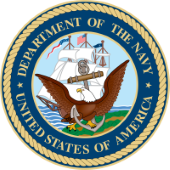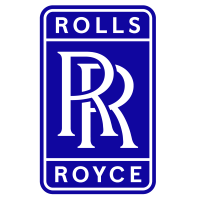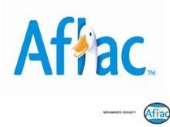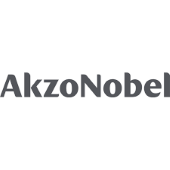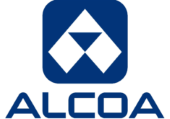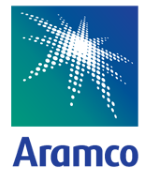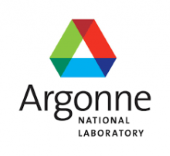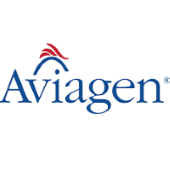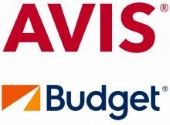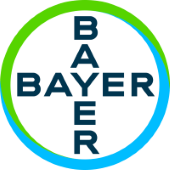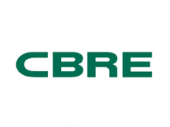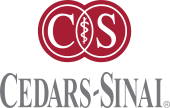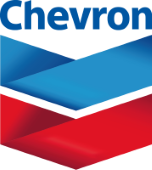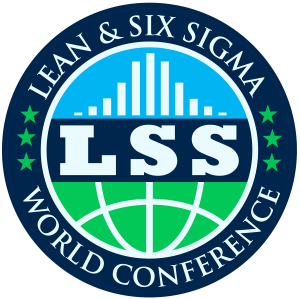 |
|   |
|
ABSTRACT Boeing Starliner Uses Lean to Lift Off to the International Space StationIndustry: Aviation/Space Keywords: Space, Boeing, NASA Level: Advanced LinkedIn: https://www.linkedin.com/in/marknappi/ Design processes are well defined in most companies and achieving this step early in the life cycle of a product has more success than later phases of the life cycle. The transition of a program from Design and Development to Operations requires very detailed planning to establish predictability and stability in Operations. Understanding where you start and where you want to go is very important to set expectations and establish a smooth transition. The Boeing Commercial Crew Program Starliner is the next-generation space capsule that will take a mix of crew and cargo for missions to low-Earth orbit and to the International Space Station. The Starliner Program used Lean Tools to understand performance in execution and to drive Lean initiatives for continuous improvement. On a macro level, a top-level project plan was established and then managed by detailed metrics. Lean Principles and Tools were applied to drive detailed process improvement initiatives. The Starliner Program is made up of five major processes or swim lanes that result in the execution of a successful mission to the International Space Station. Those five swim lanes are: Mission Operations, Flight Software, Engineering, Service Module and Crew Module. Each of these swim lanes end with a product that supports the mission and dependencies exist between them. The Lean application for organizing these swim lanes involved value stream mapping each in detail and identifying the dependencies between them. Each step of the value stream was further defined to build a suite of metrics that adequately measured the product of each step in the value stream. In addition, handoffs between the steps in the value stream were identified and the appropriate metrics associated with those handoffs measured effectiveness. The metrics established in the value stream processes then became the program execution metrics that measure performance on a periodic basis. Dashboards with the content of these metrics are created to provide stakeholders with the information to manage by. The metrics also serve as the indicators to identify Lean initiatives to improve performance. Priorities, quick wins, investment opportunities, etc. can all be derived from these key performance indicators. Forecasts and cost models can be confidently built with this information providing predictability and stability. The process outlined using Lean tools provides for: baseline plans to be developed, key metrics to monitor execution, data for realistic budgeting/forecasting, identification of processes to improve, improvement in giver and receiver relationships as well as overall improved performance in execution. Lean tools are utilized throughout the entire process and provide a systematic approach to process improvement and Lean initiatives. The Boeing Starliner program has adopted this approach to continually improve throughout the entire life cycle of the products. This presentation will share how Boeing used Lean Principles and Tools to design, develop, test, and certify the Starliner space capsule for flight. | BIOGRAPHY Mark NappiVice President and Program Manager, Boeing Commercial Crew Program, Boeing, Titusville, FL, USA As vice president and program manager of Boeing's Commercial Crew Program, Mark Nappi leads the development, flight test, certification and missions of the Crew Space Transportation (CST)-100 Starliner system. He also is the leader of Boeing’s Florida Space Coast Operations (FSCO) site. Prior to Starliner, Nappi served as program director of Artemis I for the Space Launch System (SLS) program – leading all aspects from design to test to final operations at NASA’s Kennedy Space Center in Florida. In that role, he was responsible for assembling the workforce, establishing operations processes, commencing production of Core Stage 1, performing a full-flight duration hot fire test, and ensuring readiness for the wet dress rehearsal and launch of SLS on the Artemis I mission. Before leading the Artemis I team, Nappi was the director of Program Integration as well as director of the Core Stage Integrated Product Team (IPT) that was responsible for the design, production and test of America’s exploration rocket. Prior to joining Boeing in 2015, Nappi was the senior vice president and program manager at Vencore, managing the engineering services contract for NASA’s Kennedy Space Center. In this role, he led engineering support for design and development of the SLS and Multi-Purpose Crew Vehicle ground support launch infrastructure, as well as operating the Kennedy Space Center development shops and laboratories. From 1996 through April 2012, Nappi served in management roles with increasingly greater levels of responsibility with United Space Alliance, LLC, (USA). Nappi’s last role with USA was vice president and site executive for Florida operations, executing the Space Shuttle Program, Ares I-X processing, International Space Station support and several other Florida-based USA contracts. He was responsible for all of the Space Shuttle vehicle operations leading up to and including the orbiter’s final launch, as well as all ground systems and facilities maintenance. Nappi began his career at Kennedy Space Center in 1985 with Lockheed Martin, where he served for more than 10 years as director of Engineering, director of Launch Operations and in other engineering and management roles. Nappi holds a bachelor’s degree in ocean engineering and a master’s degree in management science, both from the Florida Institute of Technology. He is also a graduate of the Lockheed Leadership Institute and the Boeing Strategic Leadership Seminar. |

